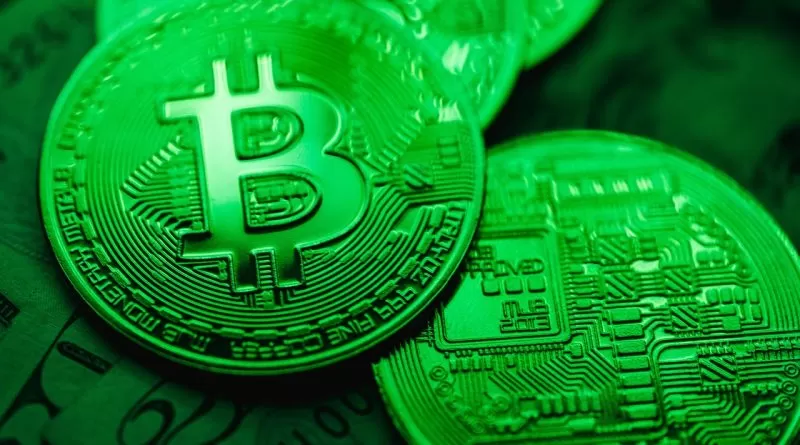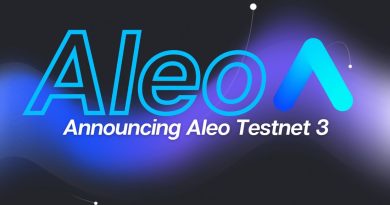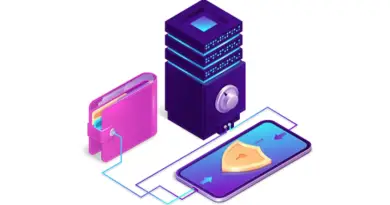Blockchain’s Place in the Decentralized Economy and the Metaverse
A turning point for blockchain and cryptocurrencies occurred in 2021. From joke coins to bull runs and NFTs, the industry has continually generated news. The metaverse is a new trend that has evolved in the second part of the year. The metaverse’s goal of fusing our real-world social life, jobs, and immersive technology has captured the public’s imagination. Despite being in its infancy, crypto is already playing a significant role in the metaverse.
Blockchain technology achieved its first significant breakthrough in the early 1980s. The initial goal of blockchain technology was to simplify electronic money transfers. However, in recent years, blockchain has come to be recognized as a dependable technology with a wide range of uses.
The blockchain is a distributed ledger that is maintained by a network of computers. Using this distributed ledger, several parties can record transactions without the need for centralized authority. Because the blockchain is a public ledger, once information is recorded, it cannot be changed. A transaction cannot be modified once it has been recorded on a blockchain. The blockchain’s use of a trustless approach is one of its key characteristics.
Because the ledger is dispersed over numerous computers, trust between the parties involved in a transaction is not necessary with the blockchain. The blockchain thus completely removes the possibility of fraud or identity theft.
What Is the Blockchain Connection to the Metaverse?
The term “metaverse” now refers to a virtual environment created within the new Internet using 3D technologies. This concept is directly related to recent technical breakthroughs such as blockchain, augmented and mixed reality, NFT, and many more. Users in the metaverse are immersed in a virtual world where they can engage in all of their daily activities, such as traveling to exotic locations, meeting new people, acquiring works of art, and selling real estate. Building a blockchain-based metaverse, according to experts, can unleash a great virtual environment that will revolutionize how everyone involved interacts.
So, what is the metaverse concept’s relationship to blockchain? Today, a number of blockchain-based platforms use cryptocurrencies and so-called non-fungible tokens, establishing an ecosystem for the creation, ownership, and monetization of decentralized digital assets. The idea of the metaverse is incomplete without blockchain because of all the problems with centralized data storage. Because blockchain is a decentralized digital source that can operate on a worldwide scale, it fundamentally differs from the capabilities of the old internet, which naturally takes the shape of websites and applications. Any digital place can be accessed through the blockchain-based metaverse without the influence of a centralized authority.
Why Blockchain Is the Metaverse’s Core Technology
The fundamental operating principles of the ecosystem have already been devised, even though there is still no singular notion of the metaverse and the concept itself is only partially implemented in initiatives like the metaverse Facebook Horizon and Google Blocks. Hardware and software are the two major parts of any metaverse. Users may comfortably engage with virtual or augmented reality thanks to the hardware component, which incorporates all common controller kinds. In the case of software, we’re referring to a digital setting where the user has access to content.
The majority of those in the sector now concur that software should be built on blockchain technology, which stands for a secure decentralized database where independent nodes can communicate in a single, constantly updated network. Once you consider the most crucial aspects of blockchain technology, it becomes rather clear that it can satisfy the needs of the metaverse. They are listed below:
1. Security
The exabyte-scale data storage of the metaverse presents concerns about secure transmission, synchronization, and storage. In this view, the decentralization of data processing and storage nodes makes blockchain technology extremely pertinent.
2. Trust
Blockchain requires the existence of tokens, which are safe storage units capable of conveying things like encrypted personal data, virtual content, and authorization keys. Because sensitive data won’t be accessible to outside parties, the metaverse blockchain fosters greater user confidence in the ecosystem.
3. Decentralization
All participants must see the same virtual reality for the metaverse to function properly. Blockchain-based decentralized ecosystems enable thousands of independent nodes to synchronize.
4. Digital contracts
Through these, relationships between ecosystem players within the metaverse can be efficiently regulated in terms of economic, legal, social, and other factors. Additionally, smart contacts let you create and put into action the fundamental guidelines for the metaverse’s governance.
5. Interoperability
Blockchain makes it possible for numerous systems and interfaces to work together seamlessly and interoperably. When it comes to NFT valuation and turnover, this is very important.
6. Financial relations
Because it is an essential component of the blockchain, cryptocurrency can function as a reliable substitute for fiat currency. It is also a useful tool for doing settlements between parties in the metaverse.
It is clear that centralized ecosystems pose significant hazards to the development and operation of the virtual world. These include malware, hacking, and even centralized decision-making that affects how the metaverse works. However, the dangers are reduced with blockchain technology, making it feasible to create a reliable virtual ecosystem.




